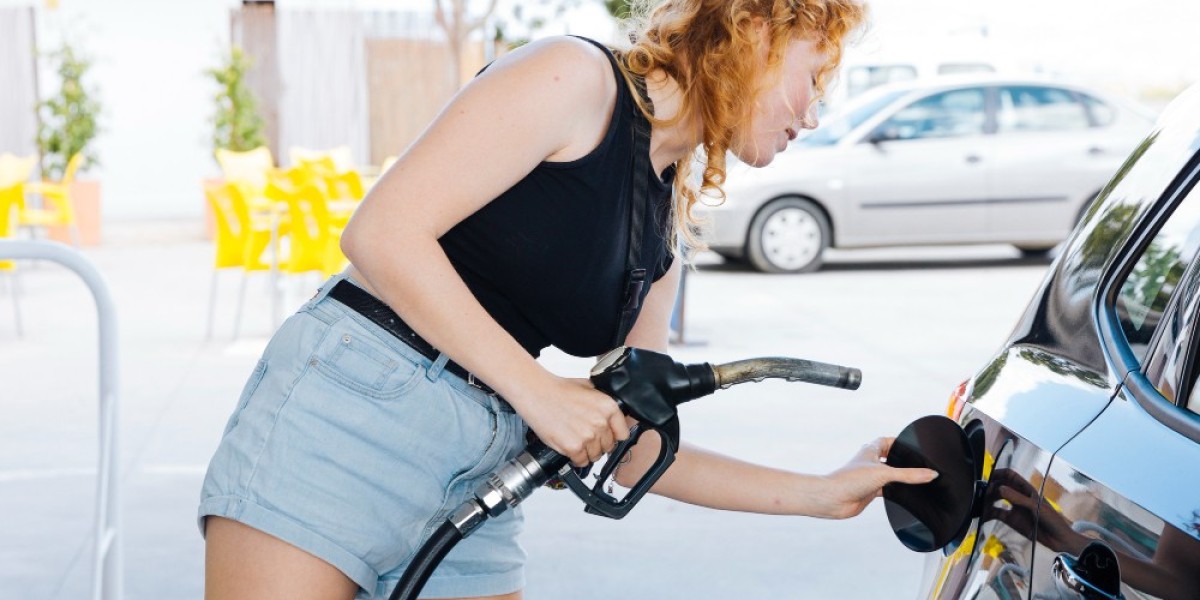In the world of automotive and industrial fueling systems, the fuel nozzle plays a critical yet often overlooked role. Whether you’re filling up your car at a gas station or refueling heavy machinery on a job site, the fuel nozzle ensures the safe, efficient, and accurate transfer of fuel. In this blog, we’ll explore what a fuel nozzle is, how it works, its various types, and why it’s an essential component in fueling systems.
What is a Fuel Nozzle?
A fuel nozzle is a device attached to the end of a fuel dispensing hose. It controls the flow of fuel from the pump into a vehicle or equipment’s fuel tank. Designed for safety, precision, and user-friendliness, fuel nozzles are engineered to handle various fuels such as gasoline, diesel, kerosene, and even biofuels.
How Does a Fuel Nozzle Work?
Fuel nozzles work using a trigger mechanism that opens and closes a valve inside the nozzle. When you squeeze the handle, it allows fuel to flow through the nozzle and into the tank. Most modern fuel nozzles come with an automatic shut-off feature that stops the fuel flow once the tank is full—preventing spills and overflows.
This feature works through a small venturi tube system that detects a change in air pressure once the fuel level reaches the tip of the nozzle.
Types of Fuel Nozzles
There are several types of fuel nozzles, each designed for specific applications:
1. Manual Fuel Nozzle
Requires the user to control fuel flow manually.
Common in older or simpler refueling systems.
No automatic shut-off feature.
2. Automatic Fuel Nozzle
Includes a shut-off mechanism to stop flow when the tank is full.
Widely used in gas stations and commercial fuel pumps.
Improves safety and reduces wastage.
3. High-Flow Fuel Nozzle
Designed for faster fueling of heavy-duty vehicles, trucks, or construction machinery.
Larger bore size for increased flow rate.
4. Aviation and Marine Fuel Nozzles
Built with specialized features for airplanes and marine vessels.
May include grounding and vapor recovery mechanisms.
Key Features to Look For
When selecting a fuel nozzle, important features include:
Flow rate (measured in liters or gallons per minute)
Fuel compatibility (diesel, gasoline, ethanol, etc.)
Durability and build quality
Safety features like automatic shut-off
Ease of use and ergonomic design
Importance of a Quality Fuel Nozzle
A good-quality fuel nozzle is essential for:
Preventing fuel spills and fire hazards
Ensuring accurate fuel measurement
Improving fueling efficiency
Enhancing user safety and convenience
In commercial and industrial settings, using the right type of nozzle can significantly impact operational productivity and environmental safety.
Maintenance and Safety Tips
To ensure your fuel nozzle remains in good working condition:
Regularly inspect for cracks, wear, or leaks
Clean the nozzle tip to prevent clogging
Replace seals or gaskets as needed
Ensure proper storage to avoid damage
Conclusion
The fuel nozzle may seem like a simple tool, but it plays a vital role in modern fuel dispensing systems. From ensuring safety during refueling to improving operational efficiency, the right fuel nozzle is indispensable across automotive, industrial, marine, and aviation sectors.
If you're managing a fuel station, fleet, or equipment-heavy operation, investing in high-quality fuel nozzles is a smart, cost-effective choice that supports safety and performance.







